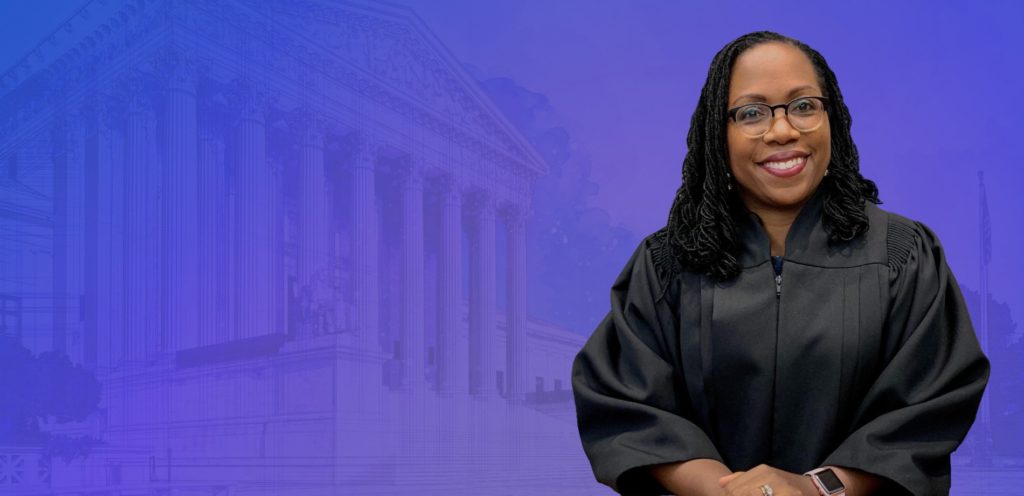Reverse Discrimination and the U.S. Supreme Court’s Unanimous Decision
Reverse discrimination is an intriguing and multifaceted topic in the realm of employment law, fostering rich discussions about whether individuals from historically privileged groups, such as White or male employees, can claim discrimination if they feel they’ve been treated unfairly due to their majority status. Traditionally, courts imposed an additional hurdle on these plaintiffs known as the “background circumstances” rule. However, a transformative moment arose on June 5, 2025, with the U.S. Supreme Court’s ruling in Ames v. Ohio Department of Youth Services.
For many years, five federal circuit courts upheld this “background circumstances” rule, requiring plaintiffs from majority groups to provide substantial evidence of discriminatory biases held by their employers. This sometimes created an uneven playing field, imposing heavier proof requirements on majority plaintiffs compared to their minority counterparts. The ruling in Ames v. Ohio Department of Youth Services marks a significant turning point, dismantling this disparity and realigning Title VII’s implementation with its original intent.
In this pivotal case, Marlean Ames, a straight woman employed at the Ohio Department of Youth Services, claimed discrimination when a gay man received a promotion in her stead. The Supreme Court delivered a resounding unanimous verdict, concluding that the “background circumstances” rule contradicted Title VII, which aims to uphold equal protection against discrimination for everyone, regardless of demographic status.
 Justice Ketanji Brown-Jackson eloquently articulated the Court’s position, pointing out that the previous rule placed an unwarranted evidentiary burden on majority-group plaintiffs and strayed from the foundational texts and historical applications of Title VII. This decision highlights that claims of discrimination should be assessed on a level playing field, emphasizing the importance of protecting all individuals, as reinforced by the Court’s earlier ruling in Bostock v. Clayton County (2020).
Justice Ketanji Brown-Jackson eloquently articulated the Court’s position, pointing out that the previous rule placed an unwarranted evidentiary burden on majority-group plaintiffs and strayed from the foundational texts and historical applications of Title VII. This decision highlights that claims of discrimination should be assessed on a level playing field, emphasizing the importance of protecting all individuals, as reinforced by the Court’s earlier ruling in Bostock v. Clayton County (2020).
The Ames ruling ushers in a significant shift for employers, who should prepare for an anticipated rise in discrimination claims across all demographic segments, including those traditionally viewed as part of the majority. This decision calls for a fresh evaluation of employment practices to ensure that they align with the Court’s mandate for equal treatment, moving away from outdated frameworks that previously imposed additional burdens on majority-group claimants.
In a thoughtful concurrence, Justice Clarence Thomas and Justice Neil Gorsuch spotlighted the broader implications of the McDonnell Douglas framework, which has guided assessments of discrimination claims since 1973. While this framework wasn’t directly challenged in Ames, they suggested that it might be re-evaluated in future cases, encouraging lower courts to follow general summary judgment standards applied in cases outside Title VII.

This ruling, in conjunction with other significant decisions such as Students for Fair Admissions, Inc. v. President & Fellows of Harvard College (2023) and Muldrow v. City of St. Louis (2024), is revitalizing the landscape of employment discrimination law. Employers are encouraged to focus on fostering equitable workplaces that champion the principles of non-discrimination across all demographics. By prioritizing compliance with the refined interpretations of Title VII articulated by the Supreme Court, organizations can create a more inclusive and harmonious work environment. Together, let’s embrace this opportunity for positive change and ensure that every individual is treated fairly and with respect!

